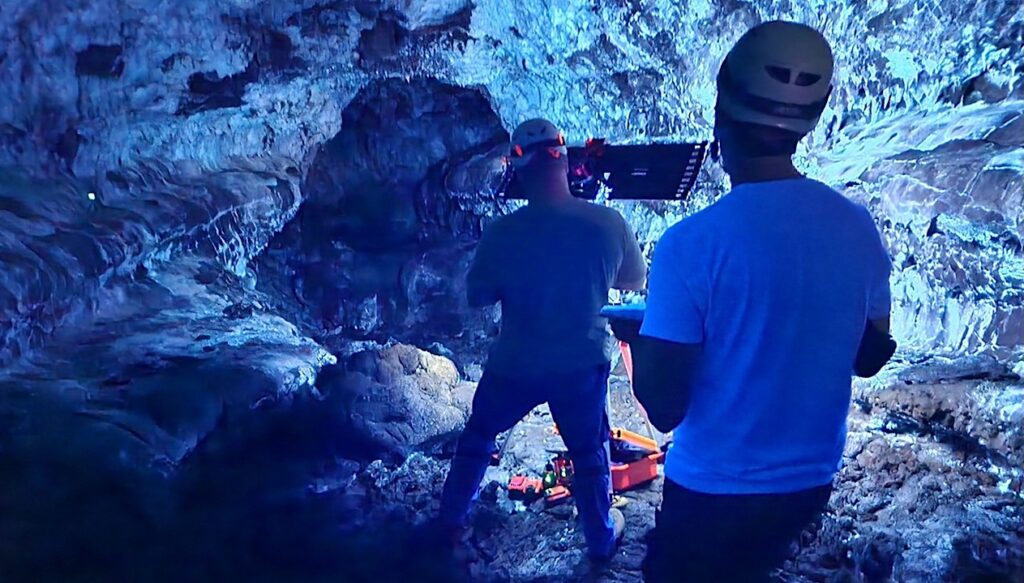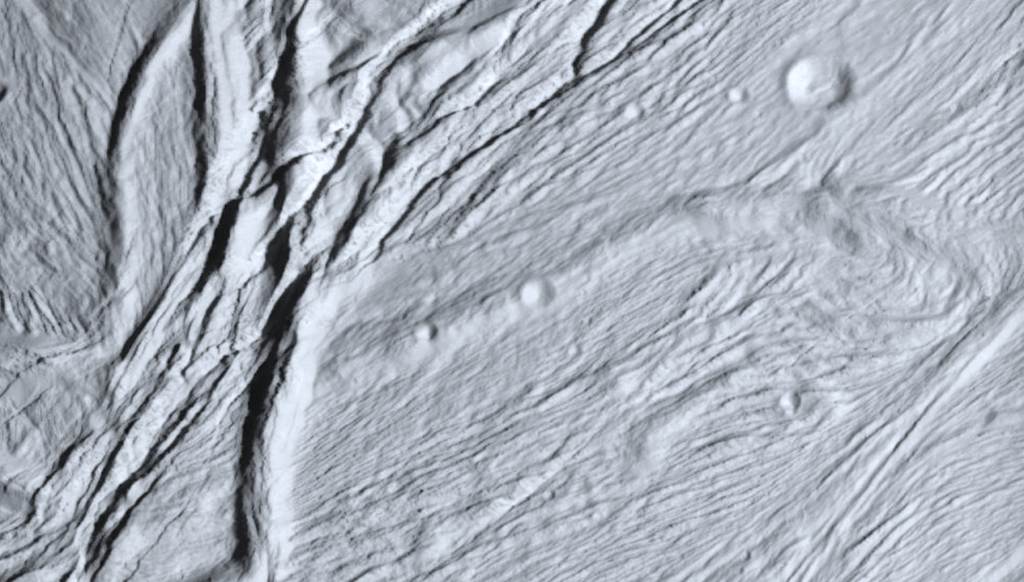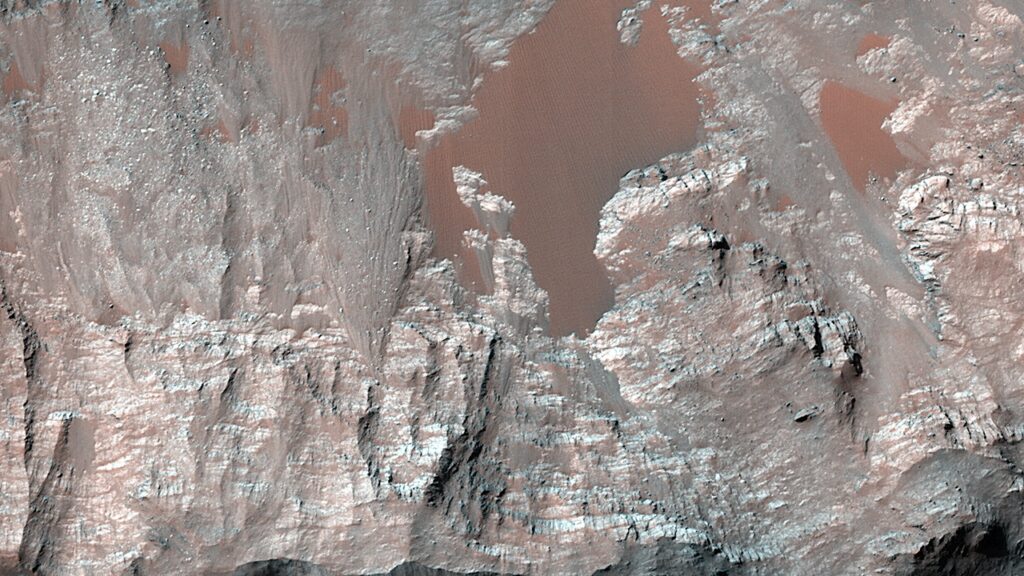Is Proxima Centauri b Habitable? – A Study of Atmospheric Loss

We address the important question of whether the newly discovered exoplanet, Proxima Centauri b (PCb), is capable of retaining an atmosphere over long periods of time. This is done by adapting a sophisticated multi-species MHD model originally developed for Venus and Mars, and computing the ion escape losses from PCb.
The results suggest that the ion escape rates are about two orders of magnitude higher than the terrestrial planets of our Solar system if PCb is unmagnetized. In contrast, if the planet does have an intrinsic dipole magnetic field, the rates are lowered for certain values of the stellar wind dynamic pressure, but they are still higher than the observed values for our Solar system’s terrestrial planets.
Chuanfei Dong, Manasvi Lingam, Yingjuan Ma, Ofer Cohen
(Submitted on 14 Feb 2017)
Comments: 7 pages, 2 figures, submitted to ApJL
Subjects: Earth and Planetary Astrophysics (astro-ph.EP); Solar and Stellar Astrophysics (astro-ph.SR); Space Physics (physics.space-ph)
Cite as: arXiv:1702.04089 [astro-ph.EP] (or arXiv:1702.04089v1 [astro-ph.EP] for this version)
Submission history
From: Chuanfei Dong
[v1] Tue, 14 Feb 2017 06:21:09 GMT (938kb)
https://arxiv.org/abs/1702.04089








